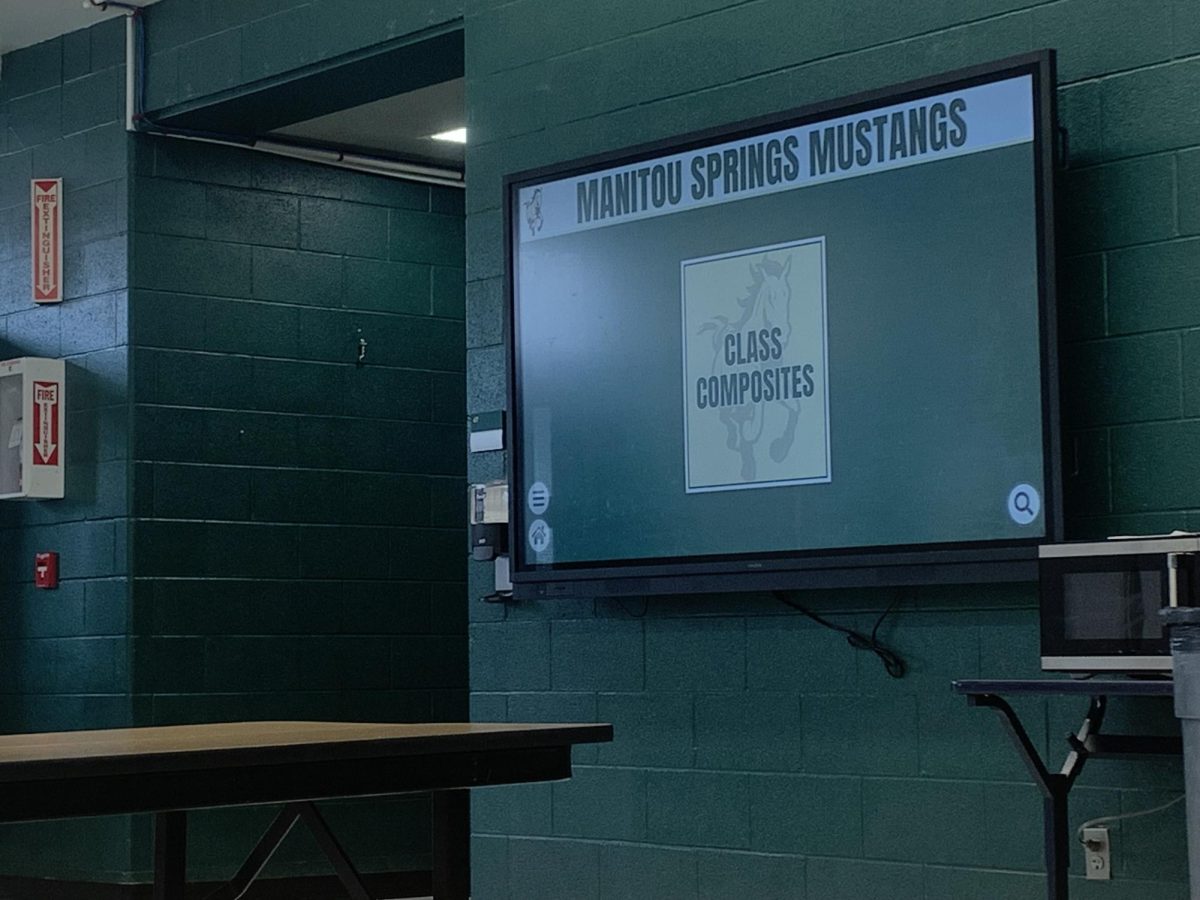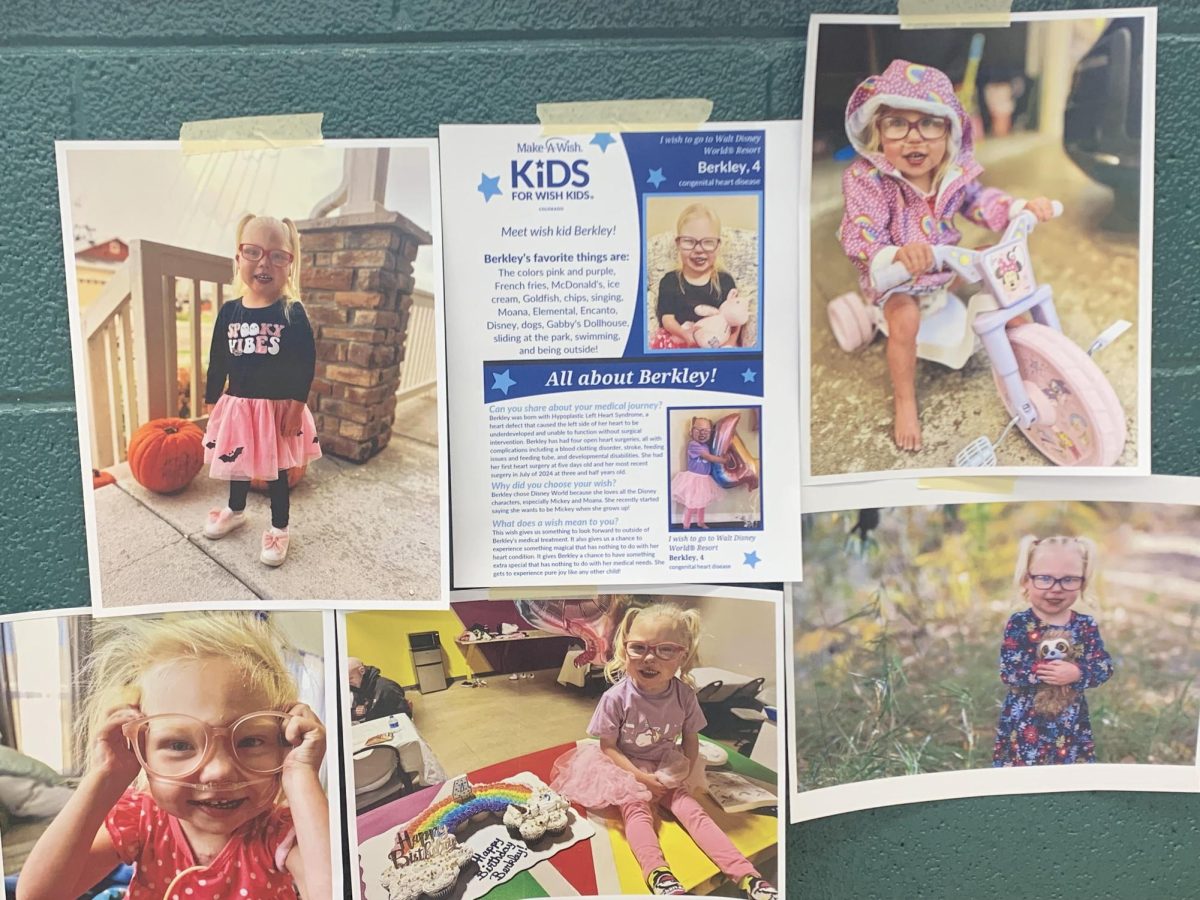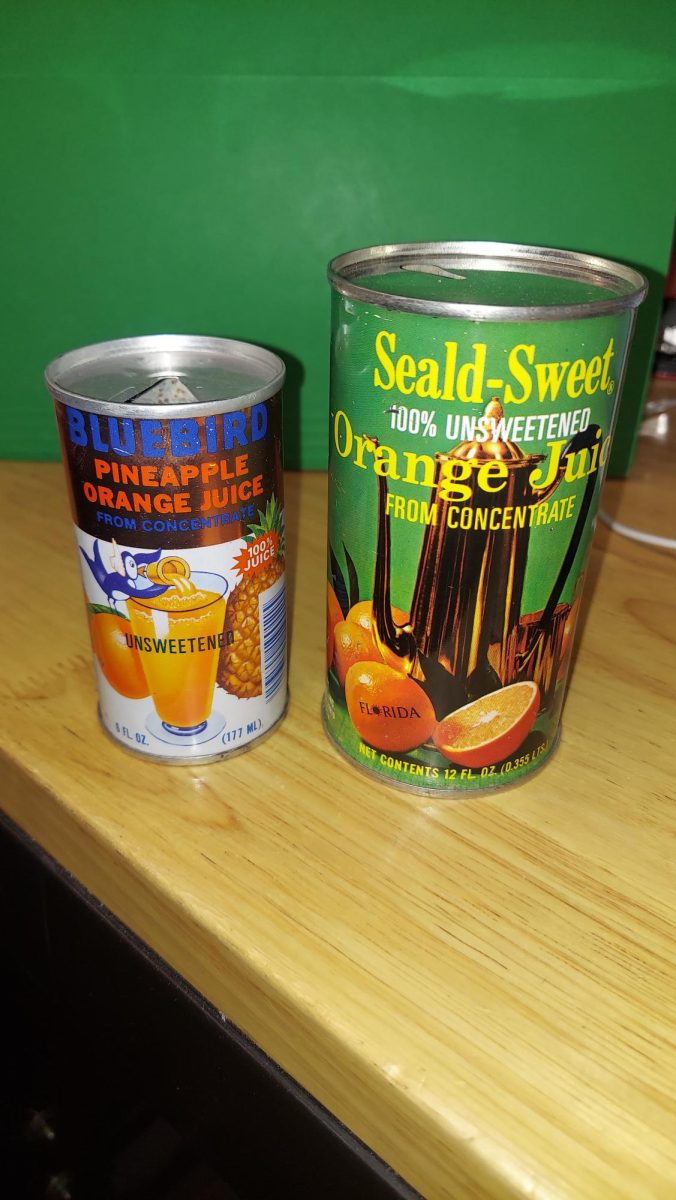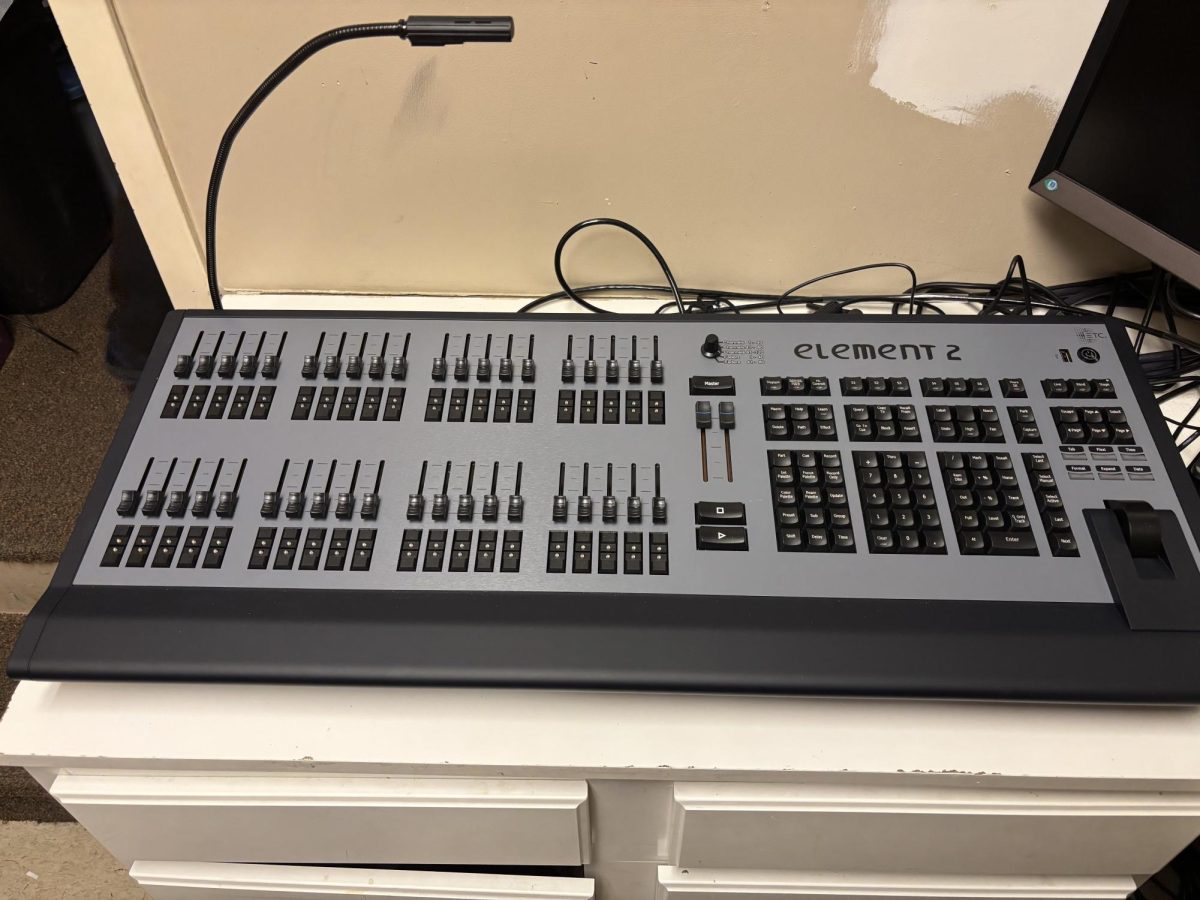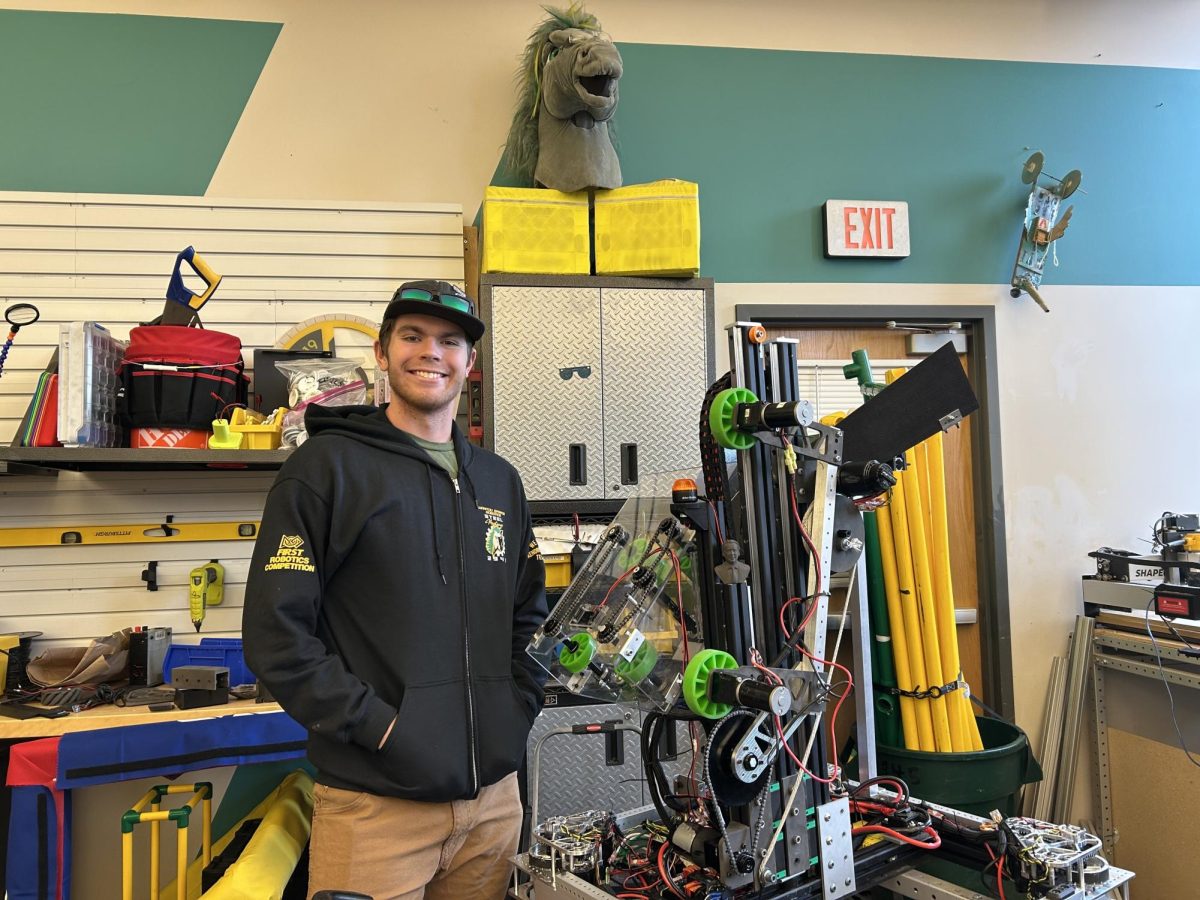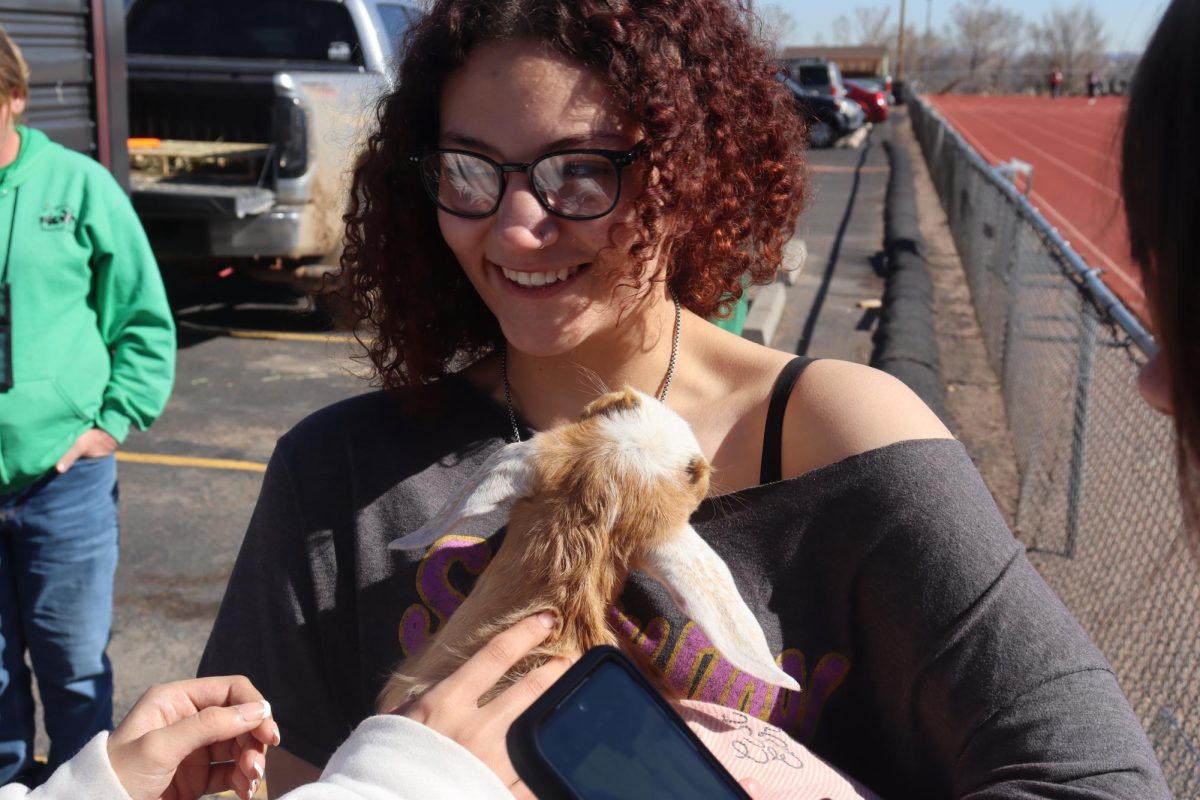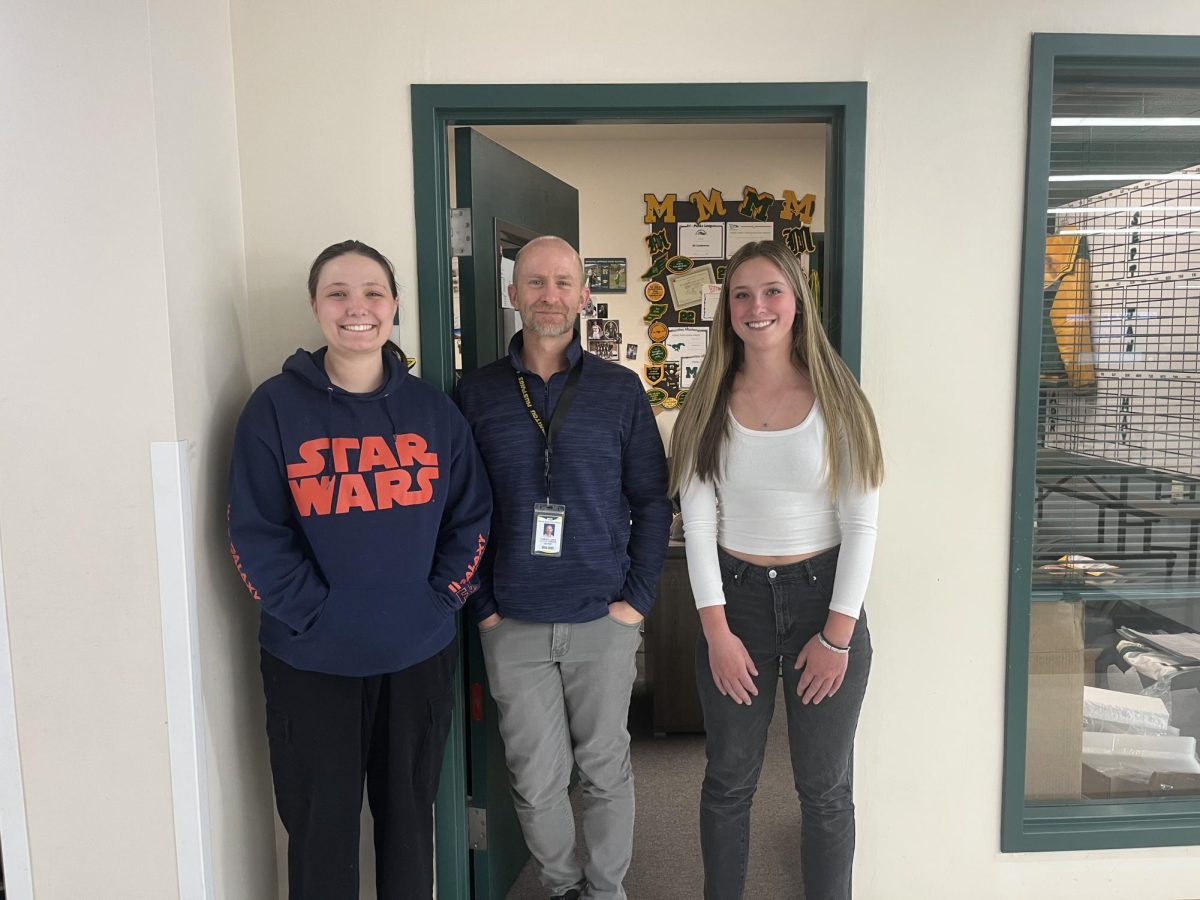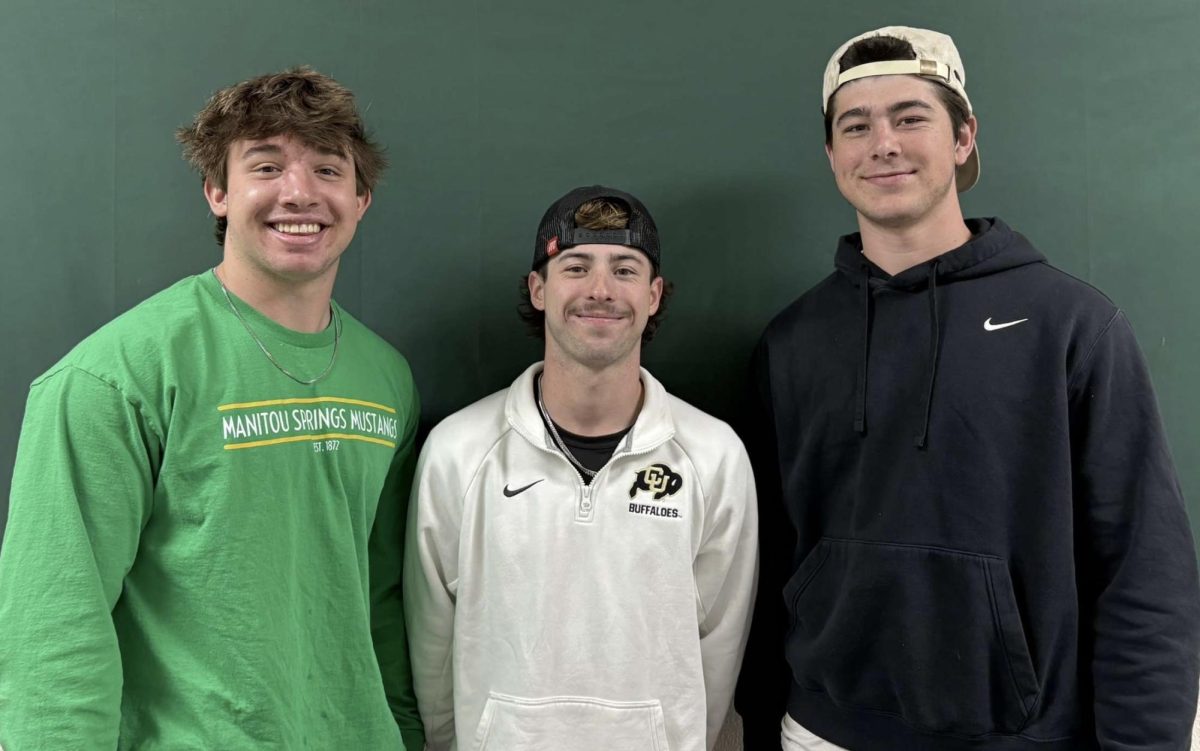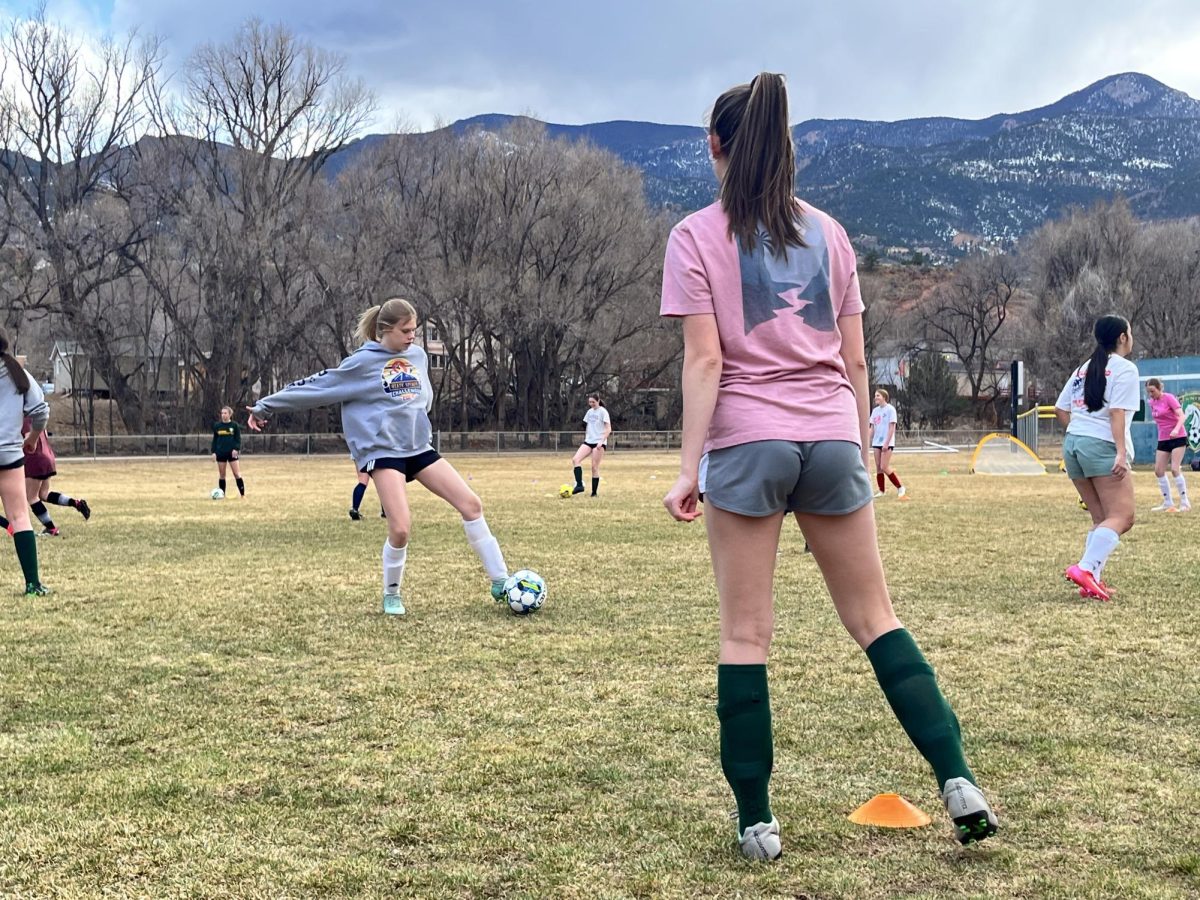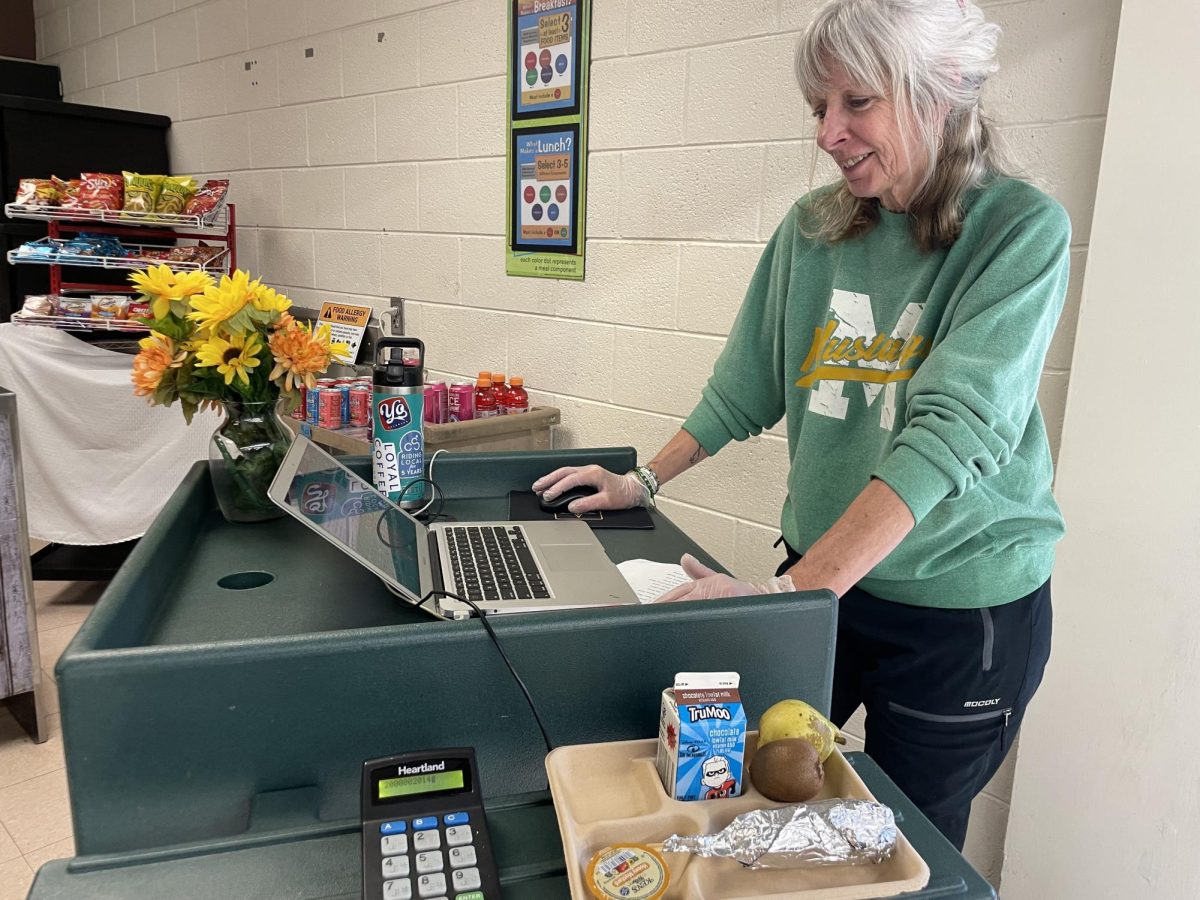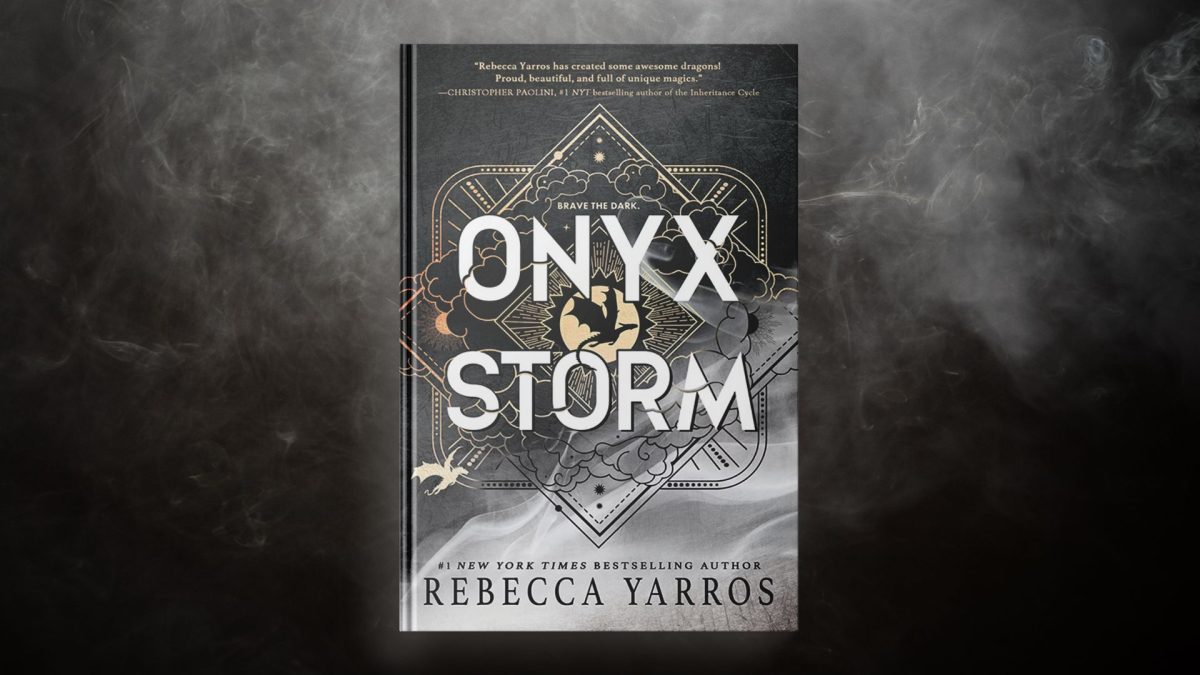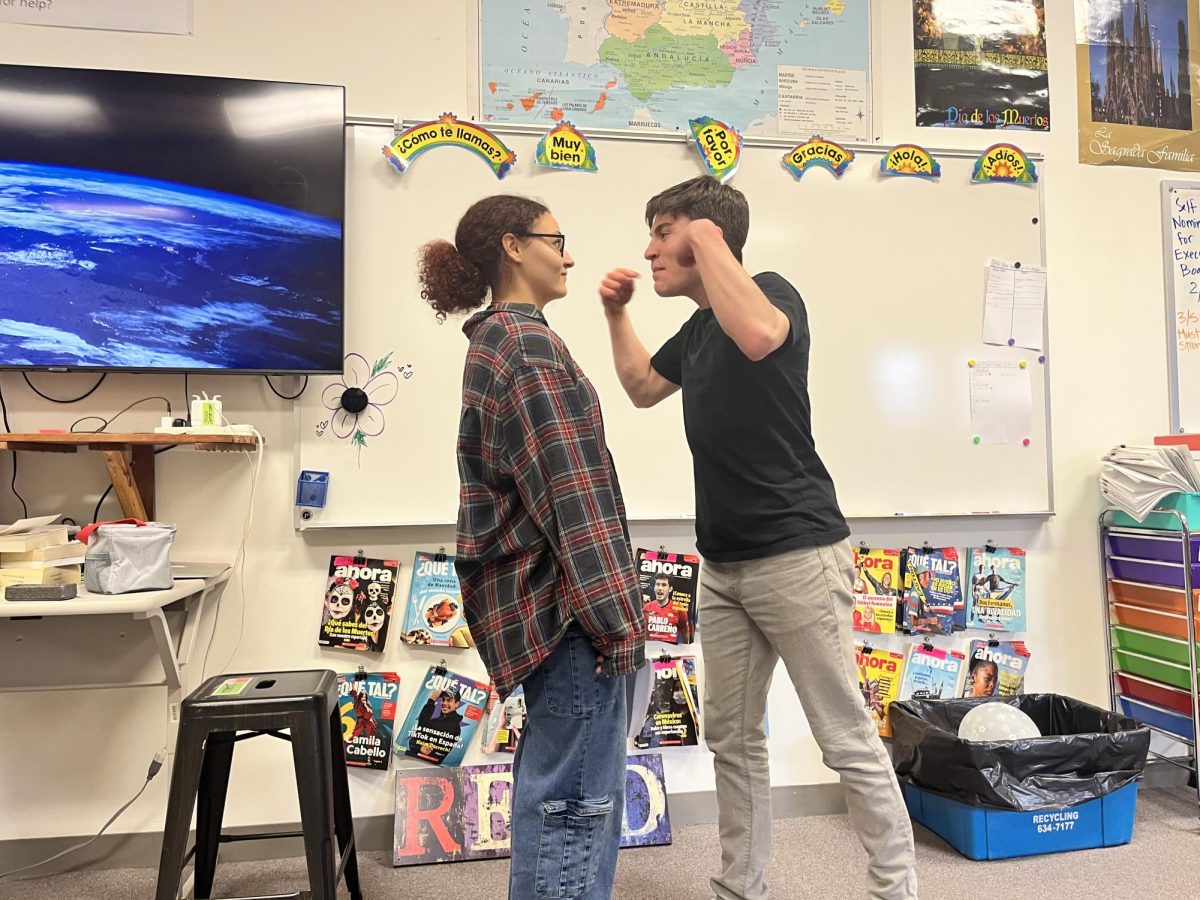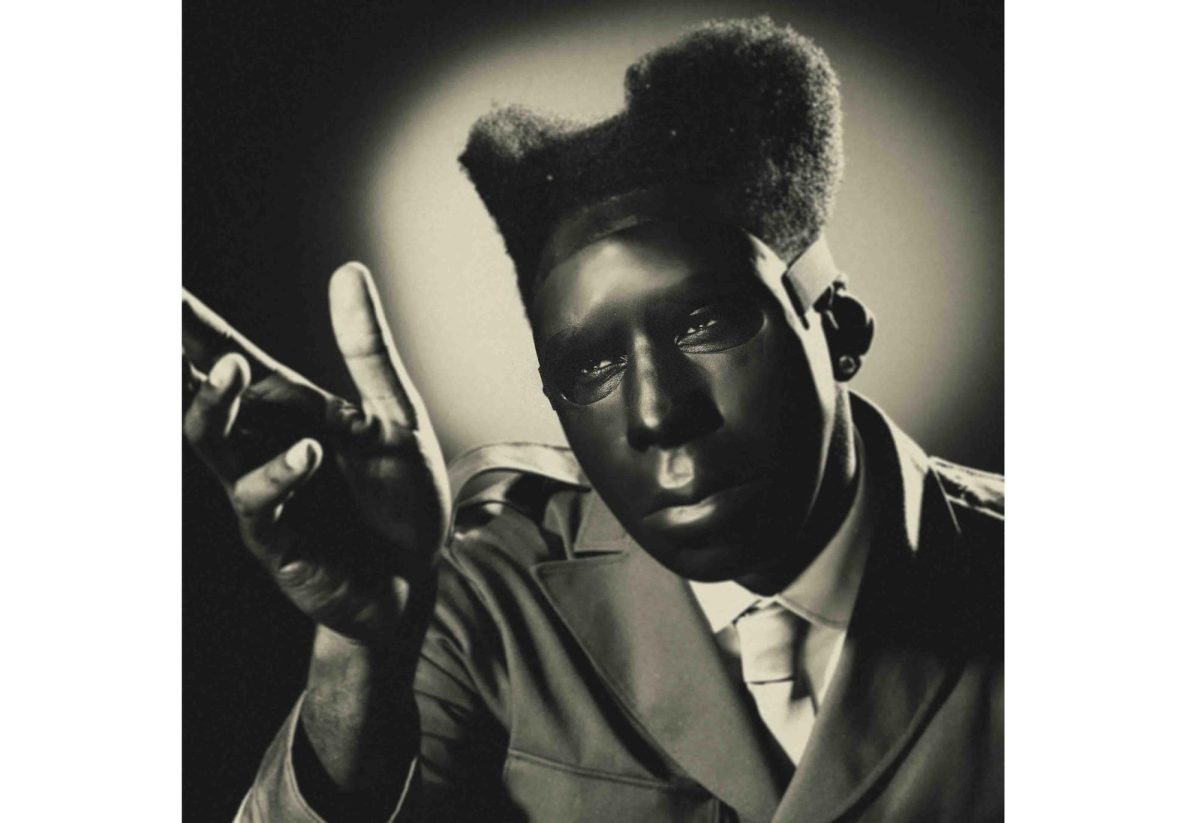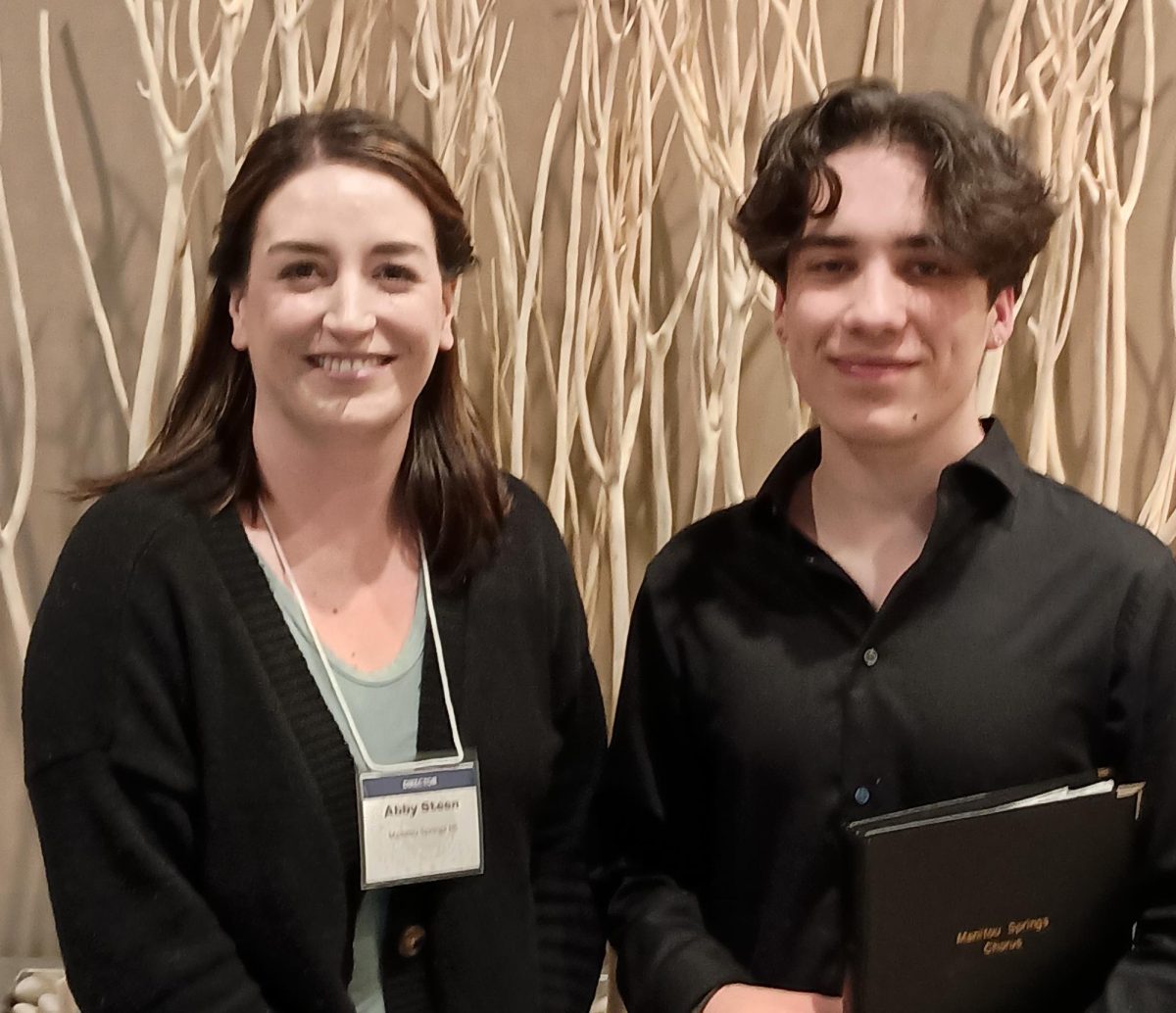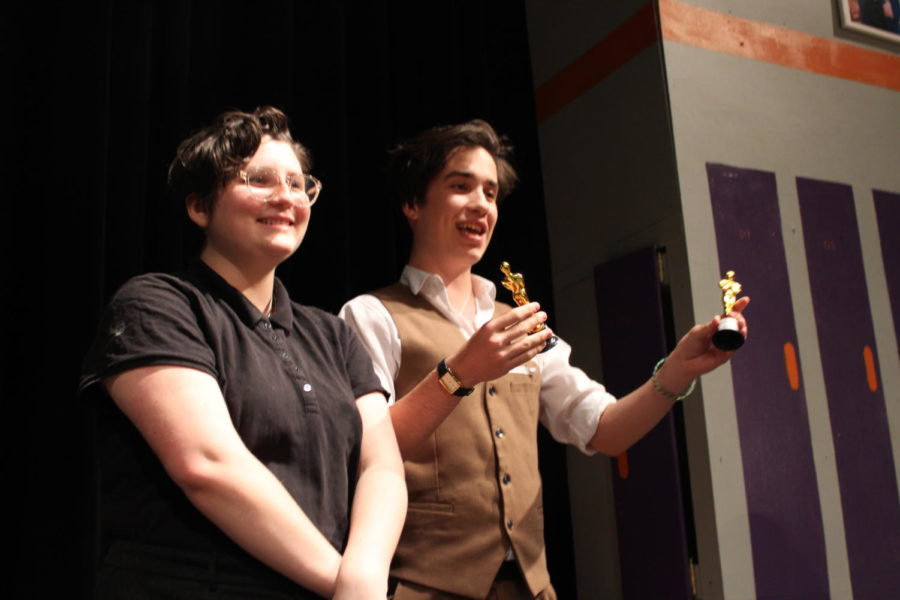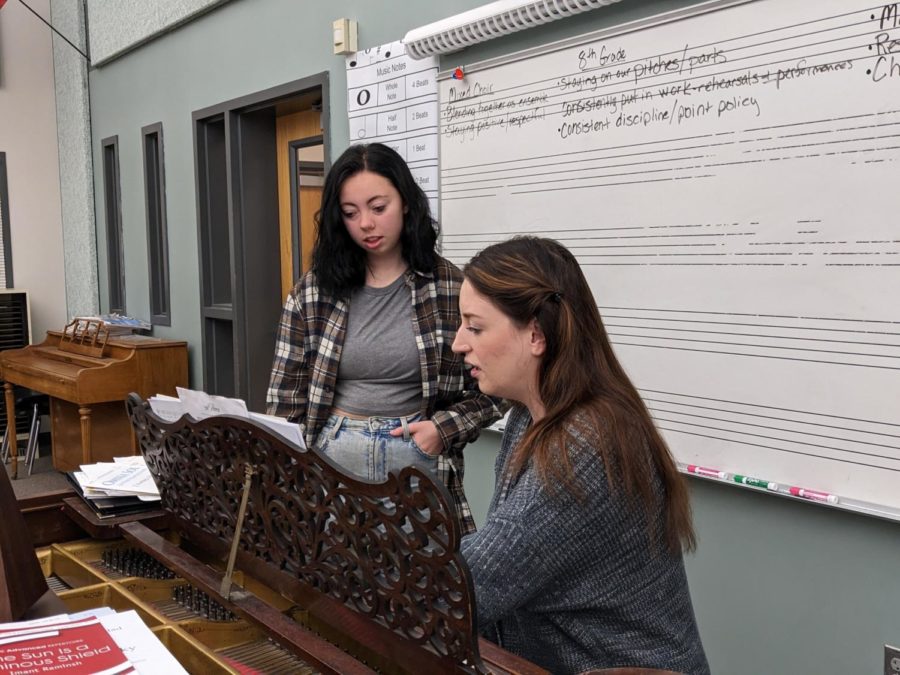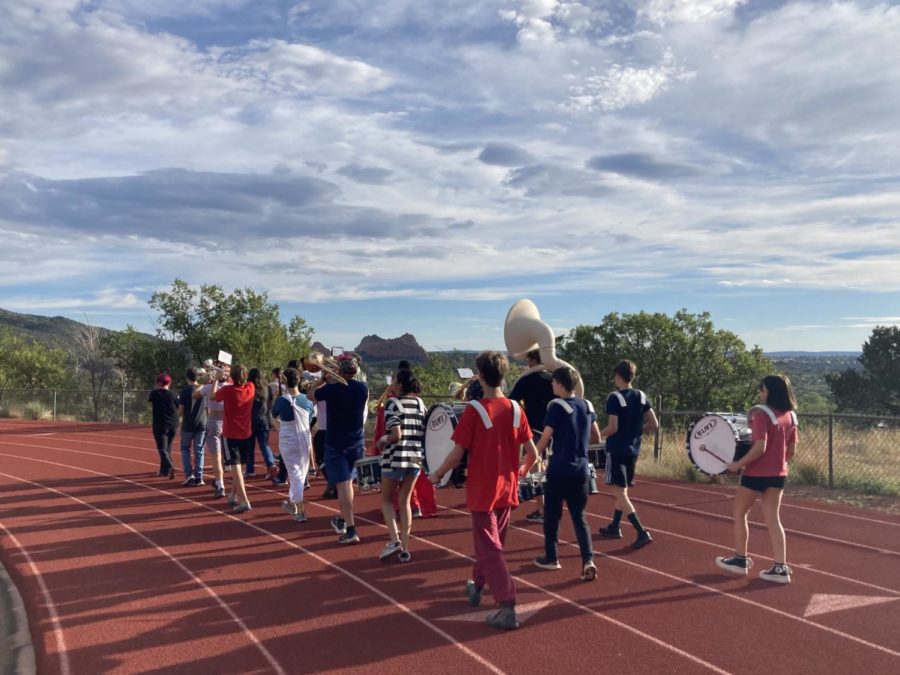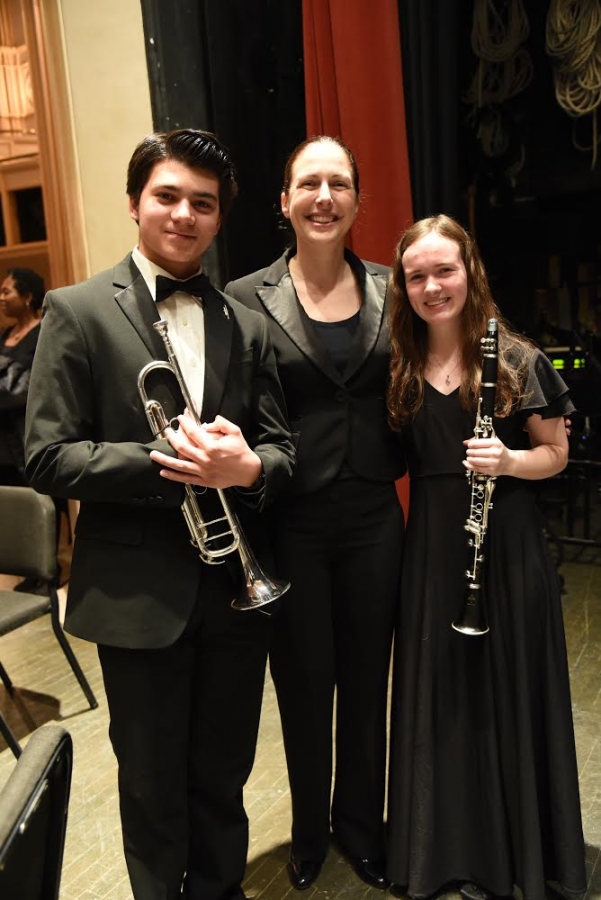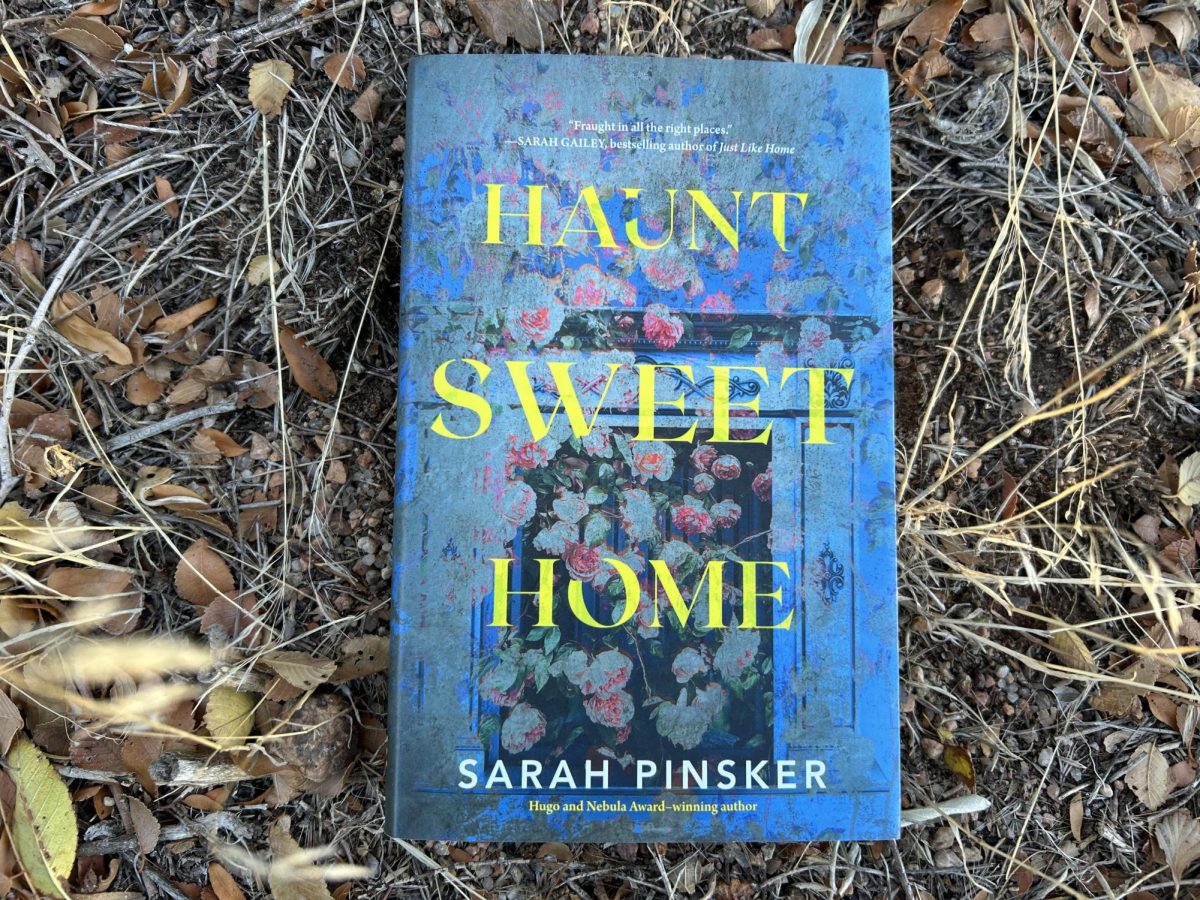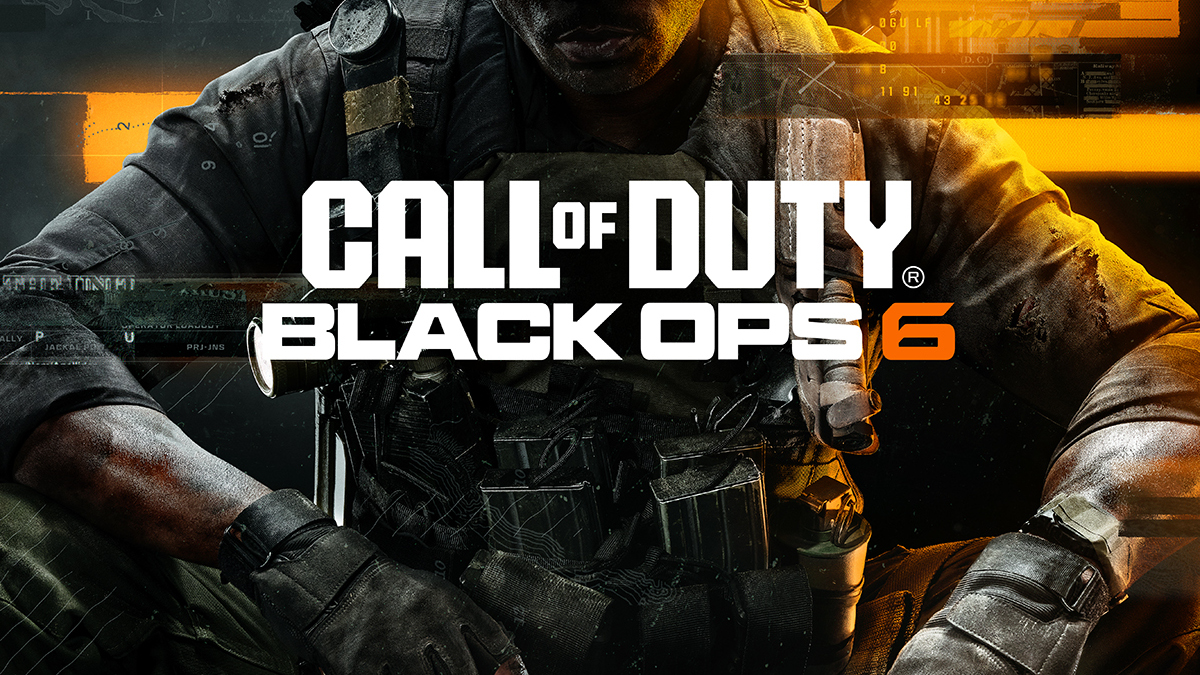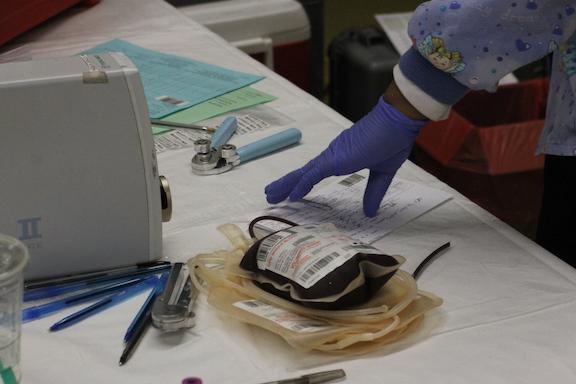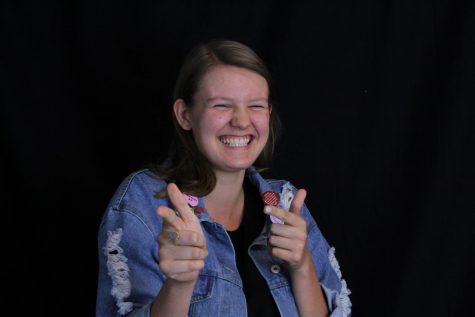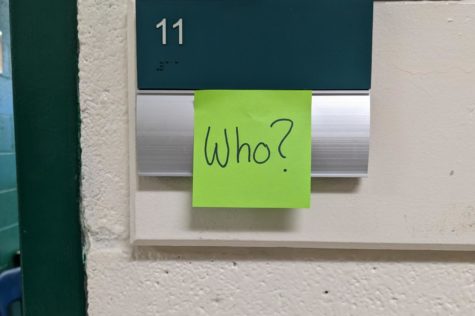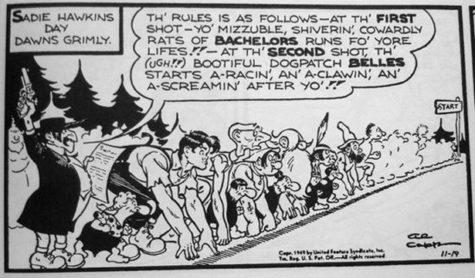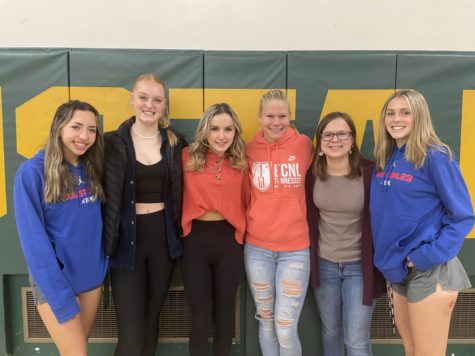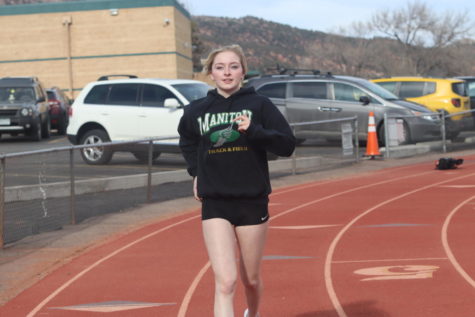Annual Blood Drive Turnout Lower Than Expected
November 10, 2016
This fall’s annual blood drive was understaffed and the signup list fell short. This past December, there were 52 donors. During this past drive, only 35 people donated. As well as donors, there was a shortage in volunteers. Mo Heiniger (12), the blood drive coordinator, said, “We had less volunteers because we haven’t done inductions yet, so the NHS volunteers amounted to around 12.” She has been involved with the drive for three years, but has donated for two. There was also a group of nurses from Penrose who actually took the blood.
Part of the reason not as many people participated was that many students were hesitant to donate blood due to their sport practices after school. If they had donated blood, they wouldn’t have been able to play at their practice. Christian Mattingly (12), a lacrosse player for Cheyenne Mountain donated anyways. Mattingoy donated because he wanted to help people in need, and get out of class. “Feel better,” was his message for the Penrose hospital patients that the blood was donated to.
Many teachers even were able to donate, including Zachary Brown. “My experience with the blood drive was not a bad or unpleasant one, just interesting. I went in to fill out the paper work, the professionals running the event were helpful, and my information was processed quickly. I was put in a chair, they prepared my arm, stuck the needle in me, and began the extraction process. I was doing alright when I suddenly felt light headed and dizzy, and a few seconds later my vision started to fade at the edges. I got the attention of one of the medical professionals, and I guess I looked worse than I thought, because they came right over,” Brown said. He was then put into a reclining position and his vision cleared immediately.
These side effects happened because Brown hadn’t had breakfast or a lot of liquids before he donated. The main reason people have these sort of reactions is because they come ill prepared and are not aware of the guidelines to donating. “For future donors, just following some basic common sense (which I did not) would be a great place to start. I had not eaten breakfast that morning, had not taken in enough liquids, and I went in hungry. For some reason, I thought it would be a great idea to donate blood before getting lunch, even though my stomach was growling. Had I thought to get lunch first and then try to donate, I probably wouldn’t have come that close to passing out. Also, water intake may have also been a factor. I had drank some canned tea, and I thought that would be sufficient. Turns out that was a bad guess.”
Carolann Books, the Donor Recruitment Coordinator for the Penrose/St. Francis Blood Bank, explained why it is important to donate blood, and how it helps the community. “Donating blood saves lives; a car accident victim can use 60 units before they are stabilized. Cancer patients often need transfusions to help them deal with very difficult radiation or chemotherapy treatments, and many surgeries would not be possible without transfusions,” Books said.

